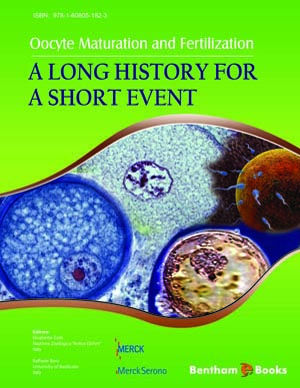Abstract
The oocyte is a unique cell amongst the 212 cell types that makes an individual. This cell does not divide until it resumes meiosis and remains in a special chromatin status during the dictiate stage of the prophase from oocyte formation in the gonad in the female fetus until it dies through apoptosis or proceeds to ovulation. This status requires unique features to allow transcription to be active during oocyte growth and an automatic pilot system to drive the transition from tetraploidy to haploidy during maturation and fertilization and back to diploidy, all this in a few days in large mammals. Therefore, the regulatory program for all the transformations required for chromosome separation, cell cycle progression, response to sperm entry, and embryonic genome activation must be stored in the oocyte prior to ovarian release or even prior to final chromatin condensation as it inhibits further transcription. The data related to gene regulation during this period is limited for two main reasons: limited amount of material to study in mammals and differences with somatic tissues where gene pathways are much better characterized. Nevertheless, using the genomic amplification approaches and the increasing amount of information in somatic tissues and in oocytes from lower species, it is becoming possible to study this automatic pilot system that drives the mammalian oocyte through maturation-fertilization and embryonic genome activation. This chapter will focus on the progression of our understanding of the oocyte using proteomic and transcriptomic tools.












